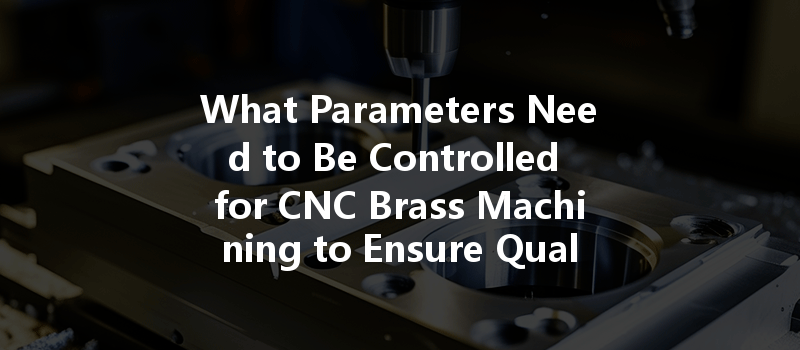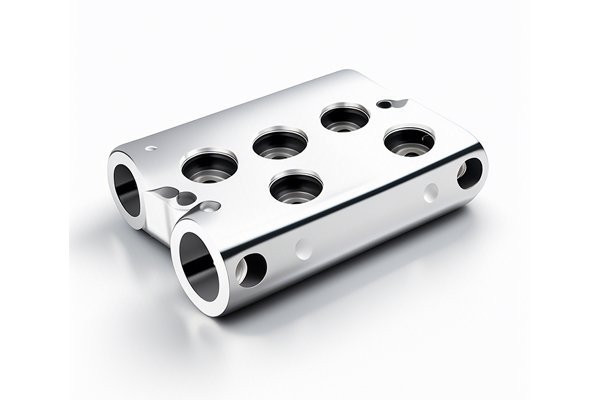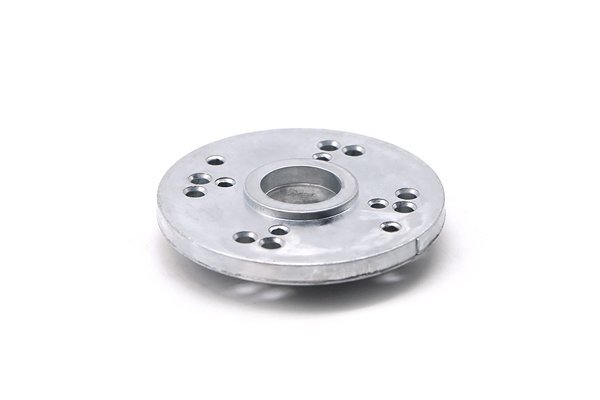Did you know that CNC machining accounts for approximately 70% of the entire manufacturing industry? This figure underscores the critical role that advanced manufacturing techniques play in modern production processes. Among these techniques, CNC (Computer Numerical Control) machining stands out as a precise and efficient method to create components across various industries. While many materials can be machined using CNC processes, brass is particularly popular due to its excellent machinability and functional properties. However, achieving high-quality results in CNC brass machining requires a thorough understanding of various parameters that must be carefully controlled.
In this blog post, we will delve deep into the parameters that influence CNC brass machining, the challenges that arise, and how to ensure quality and precision throughout the process. Whether you’re a seasoned engineer or a budding enthusiast, mastering these factors can drastically improve your proficiency in CNC machining.
Understanding CNC Brass Machining
CNC brass machining involves the use of specialized machines to remove material from a brass workpiece, crafting it into a desired shape or finish. Brass, an alloy of copper and zinc, boasts several beneficial characteristics, such as corrosion resistance, excellent thermal and electrical conductivity, and outstanding malleability. These properties make it a preferred choice for many applications, from electrical connectors to intricate decorative items.
However, the potential of brass can only be fully realized through a controlled machining process. Thus, understanding the key parameters affecting this process is essential for any engineer involved in brass component manufacturing.
Key Parameters to Control in CNC Brass Machining
Cutting speed is a critical parameter that dictates how quickly the cutting tool removes material from the brass workpiece. It is usually expressed in surface feet per minute (SFM). Brass typically requires a cutting speed between 100 to 400 SFM, depending on the type of brass and the tooling used.
Solution:
To optimize the cutting speed:
The feed rate determines how fast the cutting tool advances into the material. This speed is measured in inches per minute (IPM). An improper feed rate can lead to poor surface finishes and excessive tool wear.
Solution:
To determine the optimal feed rate:
The depth of cut is another crucial variable. It refers to how deep the tool penetrates into the material during a single pass. The optimum depth of cut may vary depending on factors such as tool design and machining conditions.
Solution:
To find the right depth of cut:
Selecting the right tool for brass machining is vital to streamline the process and reduce wear. Various tools like high-speed steel (HSS) and carbide tools are available; some are better suited for specific brass types.
Solution:
To ensure optimal tool selection:
Machine vibration can adversely affect machining accuracy and finish quality. Factors contributing to vibration include improper setup, tool wear, and inappropriate spindle speeds.
Solution:
To minimize machine vibration:
Using the right coolant can minimize tool wear and improve surface finish by reducing friction and heat. Brass often produces fine chips that can clog cutting tools, making effective coolant application imperative.
Solution:
To improve coolant usage:

Success in CNC machining relies heavily on the secure placement of the workpiece. Any movement during the process can lead to inaccuracies in dimension and finish.
Solution:
To enhance workpiece stability:
The surface finish of the machined part can have a significant impact on functionality. Different applications might require different textures and finishes.
Solution:
To achieve desired surface finishes:
The unique properties of the specific brass alloy you are machining can greatly influence your approach. For example, different brass alloys have different melting points, hardness levels, and machinability characteristics.
Solution:
To ensure proper adaptation to material properties:
Implementing quality control measures can help identify issues that may arise during the machining process. Regular checks and balances ensure that all parameters are maintained effectively.
Solution:
To bolster quality control:
Challenges in CNC Brass Machining
Despite the well-established parameters for CNC brass machining, several challenges may arise during the process. Understanding these challenges can help you proactively implement solutions, ensuring a smooth machining experience.
Over time, tools experience wear, which can lead to poor quality machining and increased downtime for tool replacements.
Solution:
Regularly monitor tool wear using appropriate indicators. Keeping track of tool lifespan helps maintain production process efficiency.
Increased friction during the machining process can lead to excessive heat generation, which not only impacts tool life but also material properties.
Solution:
Optimizing cutting speed and ensuring effective coolant application can significantly reduce heat generation.
As brass is cut, chips can accumulate and obstruct the machining process, which may contaminate the work area.
Solution:
Implement chip removal systems, such as blowers or conveyor belts, to manage chip accumulation effectively during machining.
CNC brass machining is a complex and multifaceted process requiring attention to numerous parameters that can directly impact quality and precision. By focusing on controlling aspects such as cutting speed, feed rate, tool selection, workpiece stability, and coolant application, you can ensure the successful machining of brass components.
Understanding these techniques is crucial for anyone engaged in CNC machining, as mastering these parameters not only enhances the quality of the end product but also optimizes process efficiency and reduces costs.
As you move forward in your CNC brass machining endeavors, remember that embracing best practices in parameter control will lead to improved product quality and operational excellence. The tools and strategies outlined in this blog serve as invaluable resources as you navigate the intricate world of CNC machining. It is essential to continuously reassess processes and adapt to changes in material, technology, and customer demands to remain competitive in this evolving industry.






